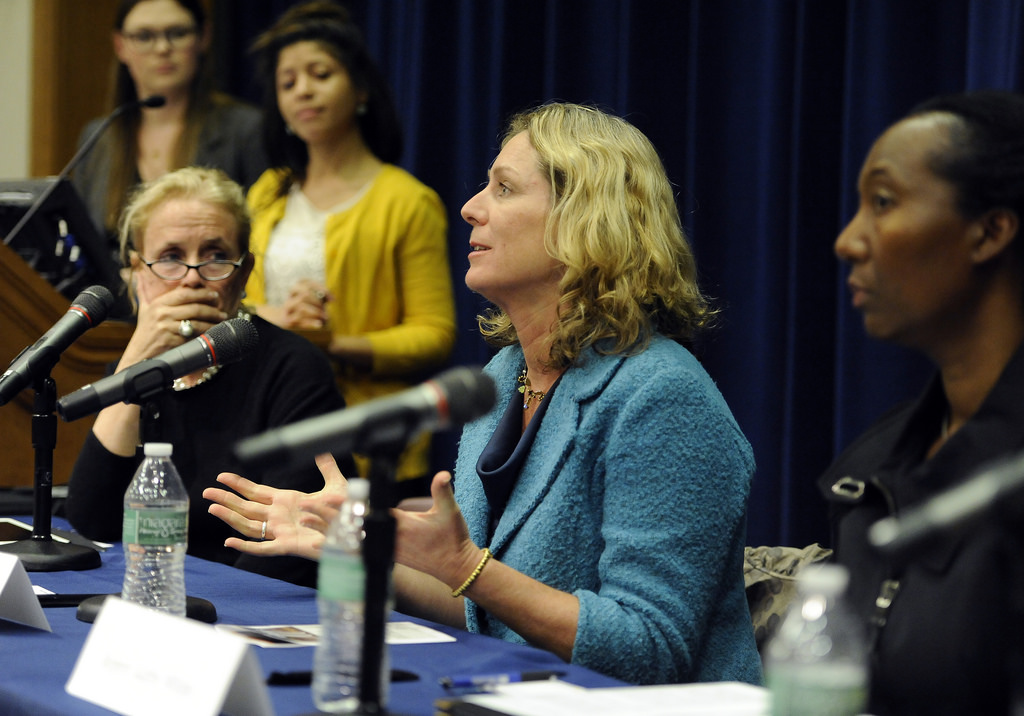POLITHEOR
European Policy Network
gender equality
- Home
- gender equality

Gender parity in governments: Can we force it?0
- Human Rights and Migration, Op-ed
- 24/06/2017
In 2015, Prime Minister of Canada, Justin Trudeau, gave Canada its first cabinet made up of an equal number of men and women. When asked about the reason for his gender parity promise, he simply answered: “Because it’s 2015.”
READ MORE
The peculiar question of gender equality and economy in Japan0
- International Relations and Global Affairs, Op-ed
- 04/03/2017
To get Japan out of its gloomy economic situation that now has lasted for the past 20 years, the country Prime minister devised a new strategy which consists of three pillars: monetary, fiscal and structural reforms. The monetary and fiscal actions of the “Abenomics” received a lot of attention from the international media. On the other hand, the structural reforms went completely unnoticed, although these may be the real factors needed to save Japan’s economy, as ignoring them helped the country’s economic fall from grace.
READ MORE
Women trafficking and the US’s worrisome silence0
- Human Rights and Migration, Op-ed
- 06/12/2016
“Trafficking? Here? In the United States?” I fear this would summarize the majority’s response. While human trafficking is well-known around the world, the United States is falling behind in awareness and lacks a unified approach towards its prevention. Strong commitments do exist at the community level, but these tend to function independently or have little financial support –a reflection of missing systematic plans to stop human trafficking within US borders altogether.
READ MORE

Counter radicalization policies in the UK: Counterproductive for gender equality0
- International Relations and Global Affairs, Op-ed
- 02/12/2016
Despite the fact that the various reasons leading to radicalisation of men and women are cited as the same, the approaches to counter radicalisation do little but enforce gender stereotypes and disempower women. Instead, policies should consider the wider factors that lead to the social isolation of women such as racial hatred and gender-based discrimination resulting in community isolation.
READ MOREThe power of people: A victory for Polish women and human rights0
- Human Rights and Migration, Op-ed
- 01/12/2016
Coming from a Catholic country where 7 out of 10 doctors are conscientious objectors, I followed the debate on abortion in Poland with passion, and hope. Hope for the protest of 30.000 people who went out onto the streets in early October, and managed to save Polish women from what felt like a medieval backlash.
READ MORE


